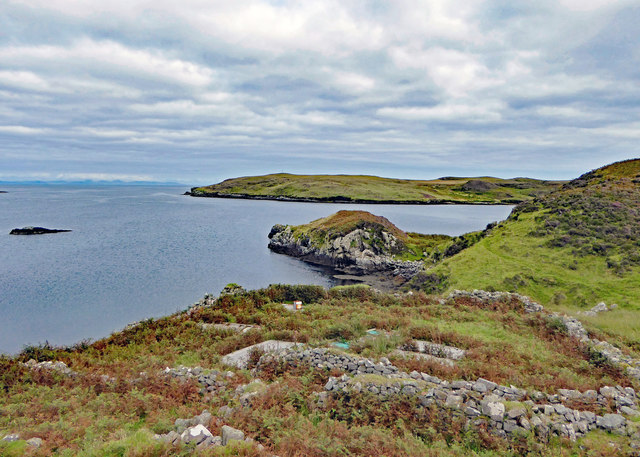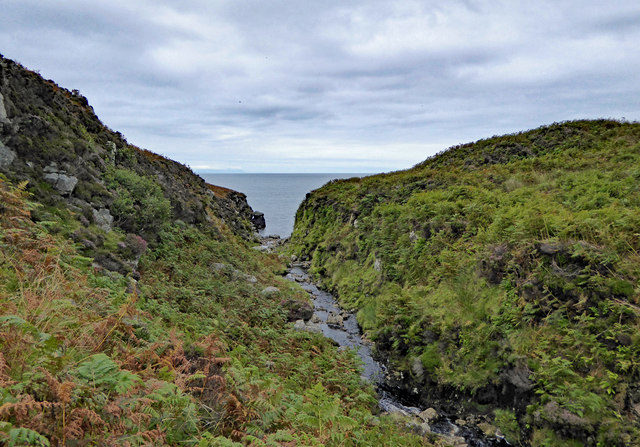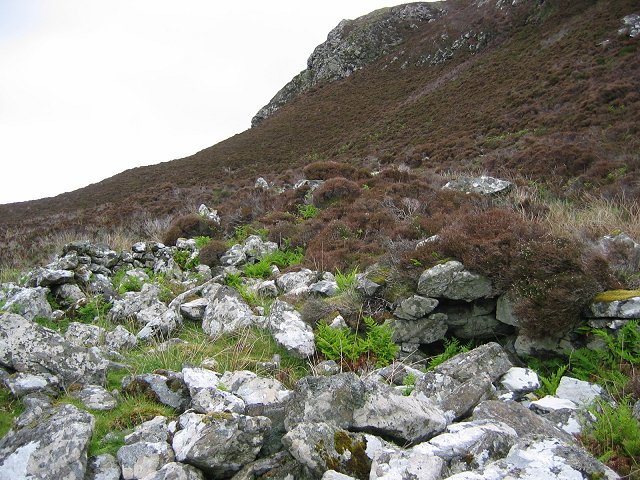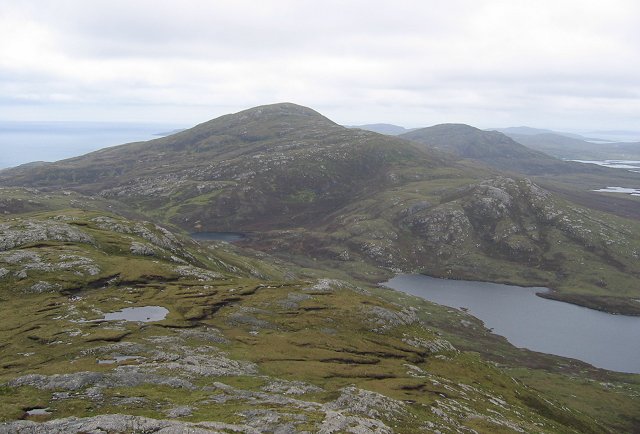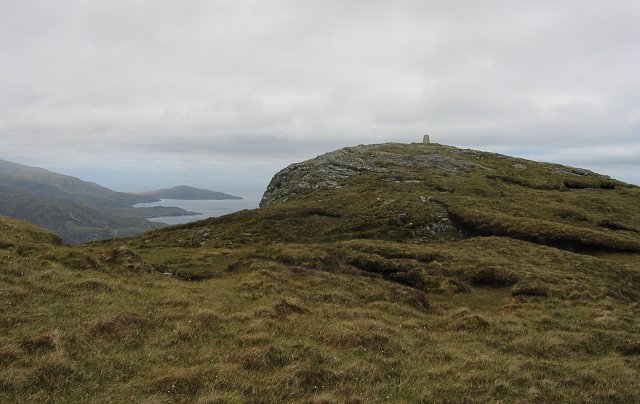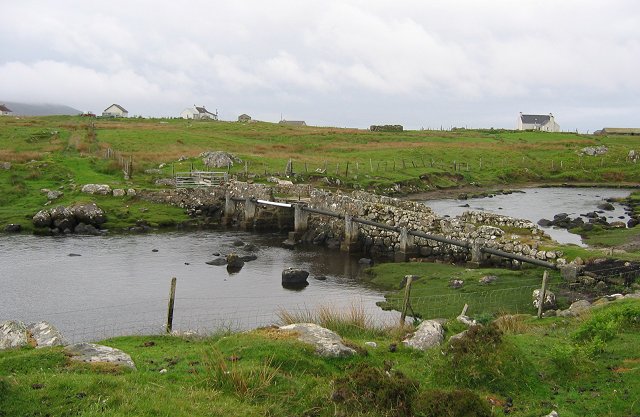Eliogar
Hill, Mountain in Inverness-shire
Scotland
Eliogar

Eliogar is a picturesque hill/mountain located in Inverness-shire, Scotland. Standing at an elevation of approximately 726 meters (2,382 feet), it is a prominent feature in the region's landscape. The mountain is situated within the Cairngorms National Park, renowned for its stunning natural beauty and diverse wildlife.
Eliogar is characterized by its rugged terrain, with steep slopes covered in heather and grasses. The mountain offers breathtaking panoramic views of the surrounding area, including the nearby Loch Pityoulish. On a clear day, visitors can enjoy vistas that stretch as far as the Cairngorms, the Monadhliath Mountains, and the Grampian Mountains.
The ascent to Eliogar can be challenging, with a mix of rocky paths and uneven ground. However, the effort is rewarded by the captivating scenery and the sense of tranquility that envelops the area. Hikers and nature enthusiasts are often attracted to the mountain, as it offers a variety of trails suitable for different skill levels.
Wildlife is abundant in the vicinity of Eliogar. Red deer, golden eagles, and mountain hares are frequently spotted, adding to the allure of the area. The mountain is also home to a diverse range of plant species, including heather, blaeberry, and mosses.
Eliogar is a hidden gem within Inverness-shire, offering visitors a chance to immerse themselves in the rugged beauty of the Scottish Highlands. Whether it is for a challenging hike or to simply enjoy the serenity of nature, Eliogar is a must-visit destination for outdoor enthusiasts and those seeking an escape from the hustle and bustle of everyday life.
If you have any feedback on the listing, please let us know in the comments section below.
Eliogar Images
Images are sourced within 2km of 57.185225/-7.2735635 or Grid Reference NF8122. Thanks to Geograph Open Source API. All images are credited.


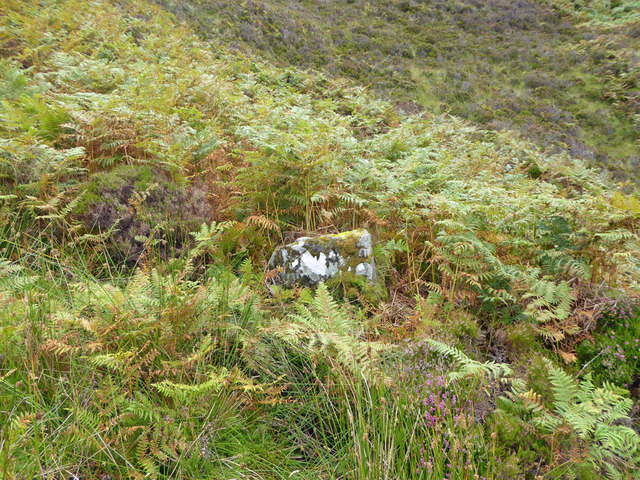
Eliogar is located at Grid Ref: NF8122 (Lat: 57.185225, Lng: -7.2735635)
Unitary Authority: Na h-Eileanan an Iar
Police Authority: Highlands and Islands
What 3 Words
///solution.hexes.outright. Near Lochboisdale, Na h-Eileanan Siar
Nearby Locations
Related Wikis
Stuley
Stuley is an island lying to the east of South Uist in the Outer Hebrides, Scotland. It lies off the section of coastline between Loch Eynort and Loch...
Beinn Ruigh Choinnich
Beinn Ruigh Choinnich is a hill which overlooks the port of Lochboisdale on the east coast of the island of South Uist in the Outer Hebrides Scotland....
Auratote
Auratote (Scottish Gaelic: Oratobht) is a location on South Uist in the Outer Hebrides, Scotland. Auratote is within the parish of South Uist. == References... ==
Lochboisdale
Lochboisdale (Scottish Gaelic: Loch Baghasdail [ɫ̪ɔx ˈbɤːs̪t̪ɪl]) is the main village and port on the island of South Uist, Outer Hebrides, Scotland. Lochboisdale...
Nearby Amenities
Located within 500m of 57.185225,-7.2735635Have you been to Eliogar?
Leave your review of Eliogar below (or comments, questions and feedback).

